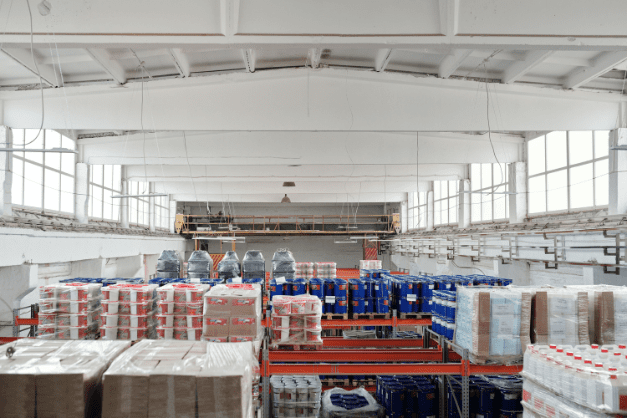In this article
As COVID-19 shook the world, one of the industries to see extensive growth was e-commerce and trade. Thanks to lockdowns and restrictions, people chose to spend on various goods from the comfort of their homes. As demand increased across 2020-21, the industry felt the need to expand storage space to cater to consumer needs. As a result, warehousing capacity was a major area that supply chains and logistics companies, as well as retail, manufacturing, and e-commerce players heavily invested in. But come 2022-23, as demand declined due to inflationary pressures, and spending shifted once again from goods to services, there were concerns that investments in warehousing may be a liability. Now as the US banking sector takes a hit, these concerns have increased.
Despite the market-wide trends, industrial real-estate executives expect limited fallout, even as developers struggle to keep up with the effects of rising interest rates and declining demand on the construction industry. The failures of Silicon Valley Bank and Signature Bank set off fears that customers would pull deposits from US regional banks. With a record amount of commercial mortgages set to expire this year, many small and regional lenders are also under pressure. Smaller banks hold about $2.3 trillion in commercial real-estate debt, according to an analysis by data firm Trepp Inc.
E-commerce activity surges driven by the pandemic have slowed, draining some of the urgency from warehouse leasing. According to JLL, roughly 633 million square feet of new space was under construction in the fourth quarter of 2022, a decrease from about 634 million the previous quarter. This trend marks the first decrease since Q3 of 2020.
In JLL’s construction outlook for 2023 released Thursday, average construction-materials prices rose 16% last year over 2021. However, the prices of the materials declined in the second half of the year. Wages for building construction labor and specialty trades rose 6.5% last year compared with the prior year, which JLL said was slightly above inflation for that period. Industrial-property sales also fell 55% in the first two months of 2023 from the same period last year, according to MSCI Real Capital Analytics.
Key Takeaways
We’re seeing the commercial market weakened by the remote and hybrid working arrangements of the COVID-19 pandemic, which left office buildings sparsely populated. However, companies are continuing to lease distribution centers despite slowing demand growth, and vacancy rates for industrial properties remain near historic lows.
Adding to these factors, the banking crisis too is a cause for concern, but experts predict that it will have only a marginal impact on the industrial sector, however. Moreover, retailers have recently slowed the expansion of their logistics operations as growth in online shopping has declined, and consumer spending has shifted toward services from goods. In spite of this trend, tenants are continuing to search for warehouse space in a tight market, helping insulate the sector from the concerns over banking.
Want to stay up-to-date on the latest logistics news? Subscribe to the Manifest newsletter to get industry updates, insights, and Logixboard announcements delivered straight to your inbox every week.

